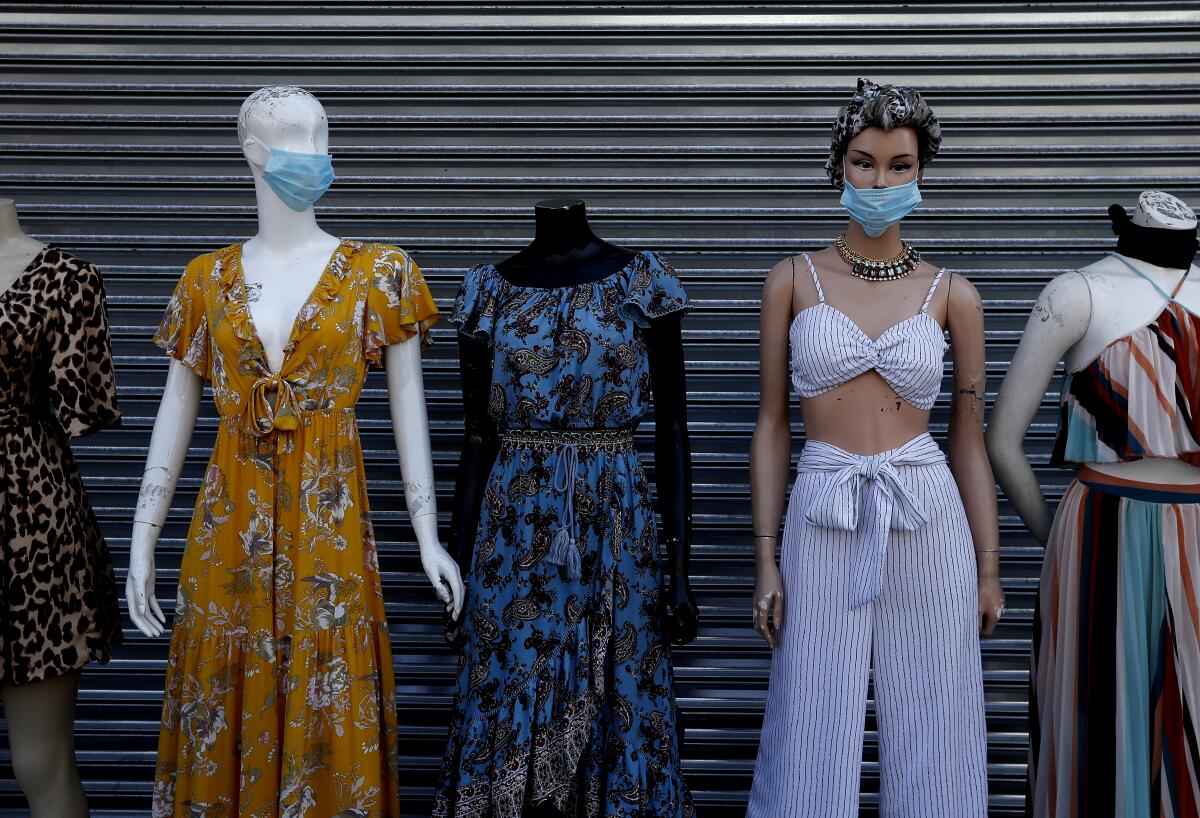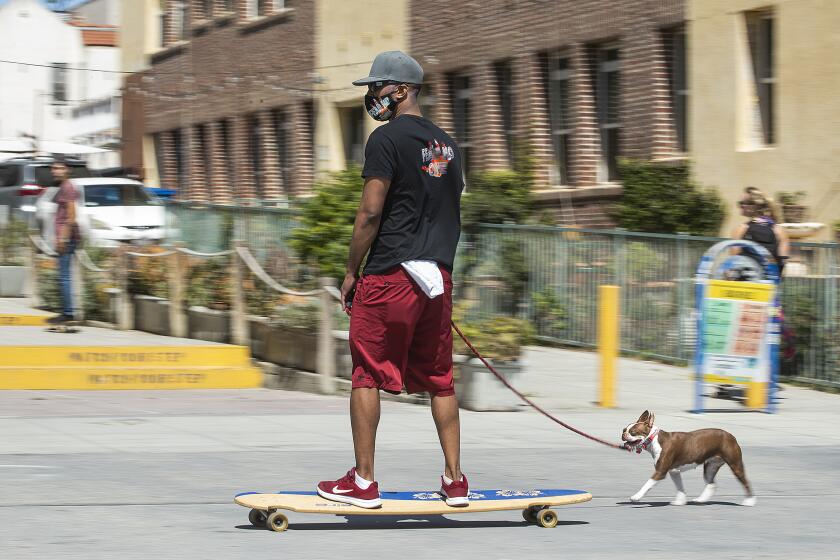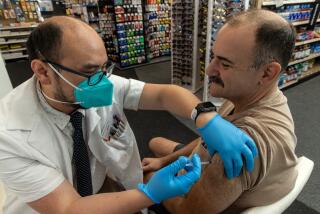How to avoid a second wave as California coronavirus-related deaths top 5,000

California hit another grim milestone in its battle with coronavirus, with the death toll topping 5,000 people over the weekend.
Coronavirus cases also continue to rise, though there is debate whether that is the result of more testing — and identifying mildly ill or asymptomatic people infected with the virus — or due in part to the reopening of the economy.
California has allowed more businesses to reopen their doors at a rapid clip in recent weeks, with malls, museums and even movie theaters getting the green light to resume operations with modifications. Counties ultimately decide which businesses can open.
For the reopening of California to be done as safely as possible in the middle of the coronavirus outbreak, there are three principal players who must do their part.
It’s not just the dictates of public health officials that will determine whether the relaxing of restrictions will succeed safely. It’s whether the public does its job too.
Dr. Robert Kim-Farley, a medical epidemiologist and infectious-diseases expert at the UCLA Fielding School of Public Health, outlined three protagonists who all must play a part in responsibly relaxing stay-at-home orders.
A look at people around the Southland doing their thing, all masked up.
Individuals
Individuals must wear face coverings and stay six feet away from other people, as well as avoid crowded areas.
People in high-risk groups, including older people and those with medical conditions, should be extra careful.
Businesses
Businesses need to avoid crowding and frequently clean high-touch surfaces.
County governments
County governments and health officials need to analyze data for any worrisome upward trends and pay attention to places like nursing homes, which will need personal protective equipment and frequent testing of staff and residents.
Kim-Farley said the debate about how to fight the coronavirus — which kills about 1% of those infected — has become quite polarized in the U.S.
Had the coronavirus been 10 times less deadly — with a case-fatality rate more like the seasonal flu — authorities would not have needed to put in place the severe stay-at-home orders enacted in early spring.
But a far more lethal virus, like the Severe Acute Respiratory Syndrome (SARS), which kills 10% of those who are infected, would likely convince more people to agree with stronger measures to smother the virus.
Required tracking of people and forced isolation and quarantine of coronavirus patients has been the policy in some other countries, like China, but those are culturally unacceptable to Americans for this pandemic, Kim-Farley said. As a result, it’s important to make a persuasive argument in which the public willingly supports measures needed to control the pandemic.
“We also need to instill a compassion for others and recognize we all have a role to play in protecting ourselves and others from disease,” Kim-Farley said, “while at the same time, supporting those who are vulnerable to the economic impacts of our mitigation efforts.”
L.A. County public health officials did not warn travelers or the public about early COVID cases at LAX, a Times investigation has found.
Face coverings essential, experts say
There has been a revolt against face masks in some parts of California, and that alarms health officials. Masks are one of the only tools we have against the spread of the coronavirus until a vaccine is available.
“It’s the only way we get back to work — it’s to mask,” said Dr. Kirsten Bibbins-Domingo, chair of UC San Francisco’s Department of Epidemiology and Biostatistics. “All of the data tells us ... it’s pretty clear that masking is the element that changes the trajectories of the COVID-19 pandemic.
“Literally, the only way we open up — which all of us want to do — is put on a mask,” Bibbins-Domingo said.
Health experts are increasingly saying that U.S. authorities erred in the early weeks of the pandemic in discouraging the use of masks by healthy people.
The message was: “‘They don’t work,’ when, in fact, what we meant to say was, ‘We don’t have enough masks. And we need to give them to people like healthcare workers,’” Bibbins-Domingo said. “That was a mistake.”
Now, some experts say masks are more important than social distancing.
“They’re both important — don’t get me wrong. If I had to choose one over another, ... I’d choose masks,” Dr. George Rutherford, a UC San Francisco epidemiologist and infectious-diseases expert, said at a campus webinar in May.
“Remember, what we’re trying to do here is prevent people who are asymptomatically infected from transmitting. So it’s about ... keeping your virus to yourself,” Rutherford said.
Though the coronavirus spread rapidly in the first weeks of the pandemic and transmission has since slowed as a result of implementing a stay-at-home order in March, California remains stuck in its first wave of cases.
The progression of disease is unlike that of the 1918 flu pandemic in the United States, where a first wave of cases in the spring passed and the rate of disease fell before a second, and far more deadly, wave of cases was observed in the fall.
Recently published British mathematical models have suggested that more robust adoption of wearing face masks in public would substantially reduce the effects of a second wave.
If only 25% of the public wear masks, the second wave is far more pronounced than the first. But if 100% of the public wears face masks, disease spread is greatly diminished.
Mandatory mask laws have triggered opposition in other parts of Southern California and the Central Valley. Orange County rescinded its mandatory mask law last week, joining Riverside and San Bernardino counties in abandoning orders to require wearing face masks in public. Fresno County had a face mask rule for less than a day before it was pulled back.
Of California’s 15 most populous counties, those requiring the wearing of masks in public are: Los Angeles, San Diego, Santa Clara, Alameda, Sacramento, Contra Costa, San Francisco and San Mateo. Those that do not require masks in public are Orange, Riverside, San Bernardino, Fresno, Kern, Ventura and San Joaquin.
More to Read
Sign up for Essential California
The most important California stories and recommendations in your inbox every morning.
You may occasionally receive promotional content from the Los Angeles Times.












